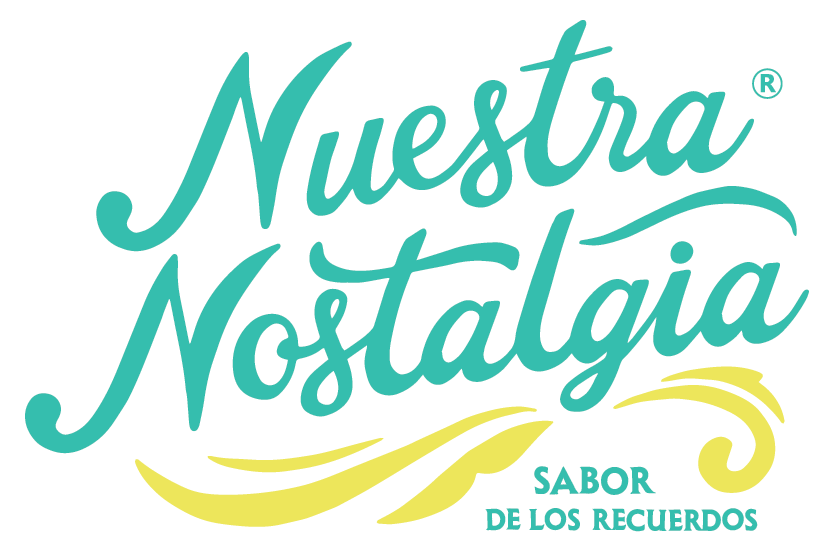A Brief History of Jamoncillo Candy
Jamoncillo candy, also known as dulce de leche or leche condensada (Condensed Milk) in some regions, is a traditional confectionery from Mexico and other Latin American countries. It is a type of fudge made from milk and sugar, and it has a soft and creamy texture.
The history of jamoncillo candy can be traced back to the indigenous cultures of Mesoamerica, such as the Aztecs and Mayans, who had a long tradition of using maize, honey, and fruits to create sweet treats. After the Spanish colonization of the region in the 16th century, European ingredients like sugar and milk were introduced, leading to the development of new types of candies and desserts.
The process of making jamoncillo candy involves cooking down sweetened condensed milk until it thickens and caramelizes. The mixture is then poured into molds or shaped by hand into small bite-sized pieces. Sometimes additional ingredients like nuts, vanilla, or cinnamon are added to enhance the flavor.
Jamoncillo candy gained popularity throughout Mexico and other Latin American countries over the centuries. It became a staple in traditional celebrations and festivals, particularly during Christmas, weddings, and religious ceremonies. The candy was often handcrafted by local artisans and sold in markets and street stalls.
In modern times, jamoncillo candy is still widely enjoyed and appreciated for its rich and indulgent taste. It is considered a classic Mexican sweet and is often given as a gift or served as a dessert. Additionally, variations of jamoncillo candy can be found in different Latin American countries, each with its own unique twist and flavor profile.
While the exact origins and historical details of jamoncillo candy may be challenging to trace, its enduring popularity and cultural significance make it a cherished part of the culinary heritage of Mexico and other countries in the region.
A Flavor that is Growing in the United States
Jamoncillo candy, as a traditional Mexican confection, has gained some popularity in the United States, particularly in areas with significant Mexican-American populations. The influence of Mexican cuisine and cultural traditions in the U.S. has led to the availability and recognition of jamoncillo candy in various settings, including Mexican specialty stores, Latin American food markets, and online retailers.
In recent years, there has been an increased interest in international cuisines and a growing appreciation for diverse flavors, which has contributed to the popularity of jamoncillo candy among a broader audience. It is often regarded as a unique and delightful treat that offers a taste of Mexican culture.
Furthermore, with the rise of social media and culinary exploration, traditional foods from different cultures have gained exposure and appeal to a wider range of people. This has provided a platform for jamoncillo candy and other Mexican sweets to be shared, discussed, and celebrated.
It is worth noting that the popularity and accessibility of jamoncillo candy may vary depending on the region within the United States. Areas with larger Mexican-American communities, such as California, Texas, Arizona, and New Mexico, are more likely to have a wider selection of Mexican candies available, including jamoncillo candy. However, it is possible to find jamoncillo candy in Mexican specialty shops or online retailers across the country.
Overall, while jamoncillo candy may not be as widely known as some other types of confections in the United States, its popularity continues to grow as more people discover and embrace the flavors of Mexican cuisine.
